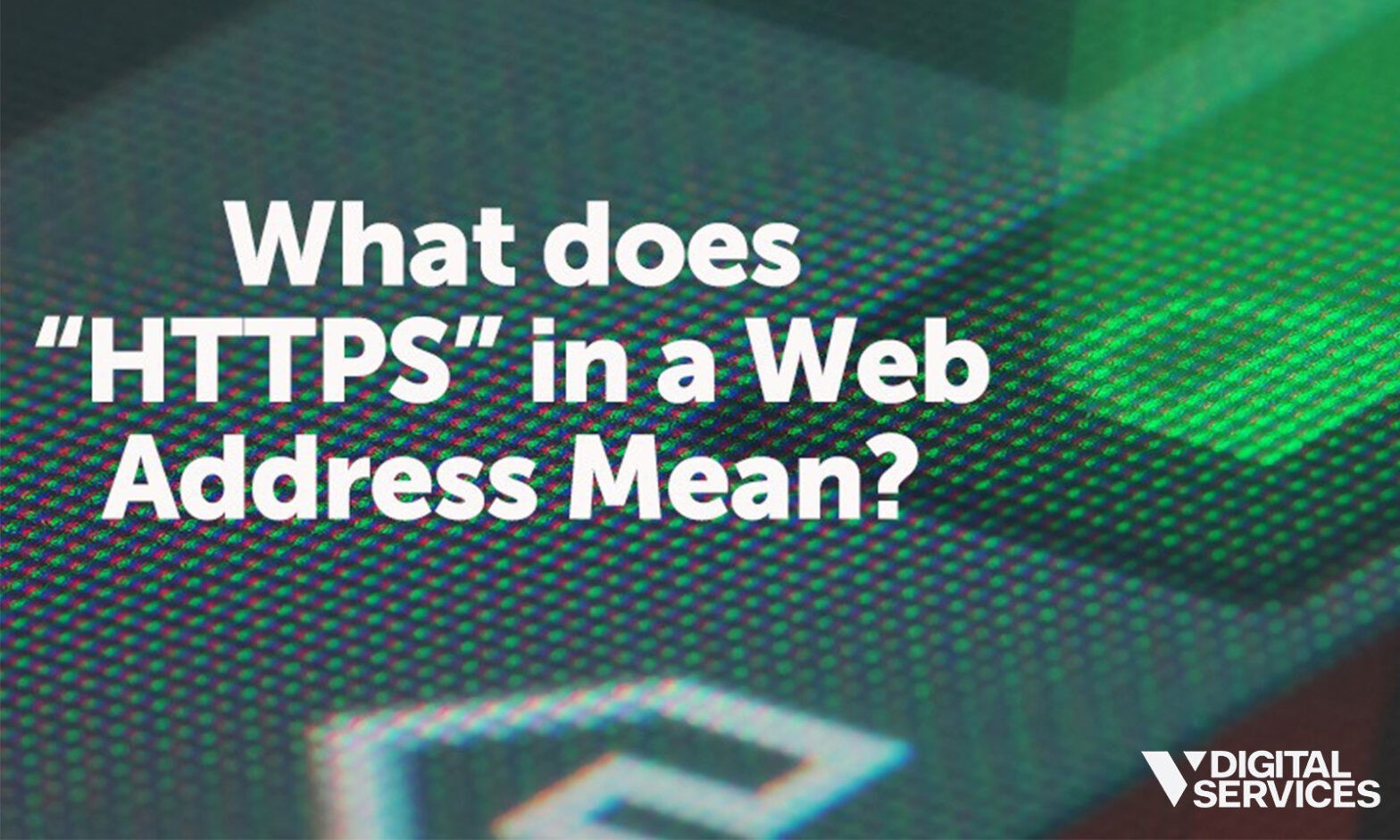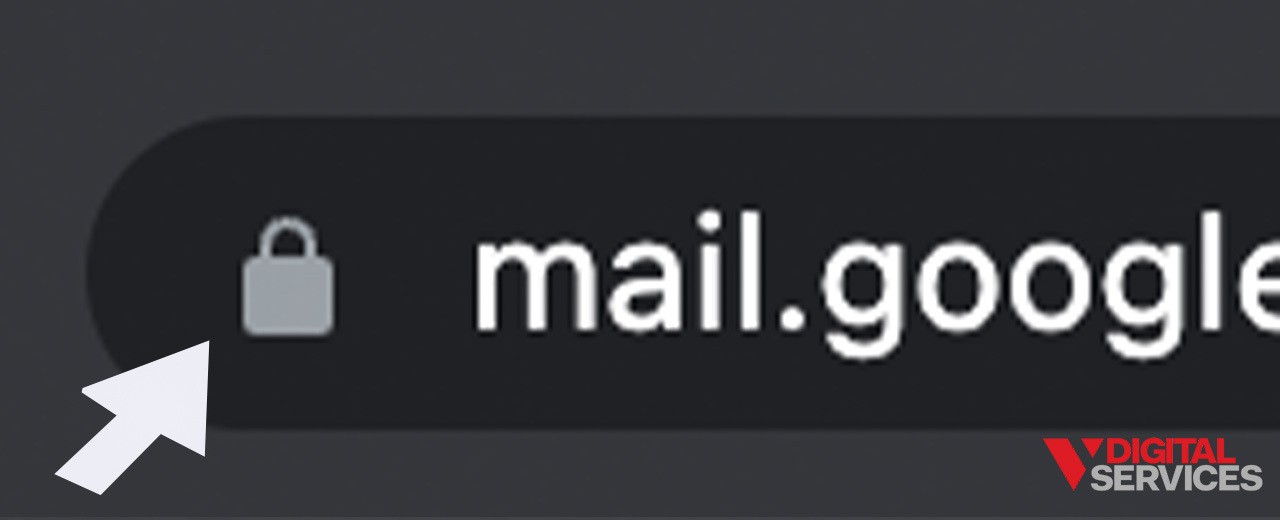If you’ve spent time browsing the web lately, you’ve likely noticed that many websites have a URL beginning with “HTTPS” – where they used to say “HTTP.” And odds are, you haven’t given much thought to the HTTP vs. HTTPS meaning. But if you’re a business owner with your website, now’s the time to learn exactly why this topic matters.
We’re doing a deep dive into the technical side of the Internet, taking a closer look at the definition of HTTPS, how it differs from HTTP, and why choosing one or the other is an important choice for website owners. By the time you’re done reading, you’ll be well-versed in online lingo – and be ready to make the move from HTTP to HTTPS.
HTTP and HTTPS: How They Function in the WWW
Both HTTP and HTTPS serve as the virtual backbone of the Internet. They are the technical protocols used to process, render, and, most importantly, deliver web pages to your browser. In other words, they are what turns a web page from coded content to something you can see, browse, and interact with online.
HTTP and HTTPS work via “requests,” submitted by your browser when you interact with a website. Without these requests, the Internet as you know it simply wouldn’t exist.
What is HTTP?
Before we can define HTTPS, we have to explain what HTTP means.
HTTP stands for Hypertext Transfer Protocol. It is the primary method for web page data to be transferred from servers to your browser. When you visit a web page, you’ll often see “HTTP” as the first four letters in its URL (that is, unless it says “HTTPS”). These connections and transfers create a massive network, the World Wide Web or the Internet.
So, why not stick with the basics and use HTTP for all webpages? There’s one major challenge with HTTP: because the data transferred via HTTP is not encrypted, there’s always a risk that cybercriminals will access and steal the information. There’s no privacy in the connection, making it dangerous to use an HTTP for any sensitive data – such as entering your credit card number when shopping online.
In recent years, cybercrime has reached an all-time high, and many people are increasingly aware of how important it is to protect their sensitive data. And thus, HTTPS was born.
What Does HTTPS Mean?
So, what does “HTTPS” stand for? The HTTPS meaning is similar to that of HTTP, with the “S” representing a very important addition. “HTTPS” stands for Hypertext Transfer Protocol Secure (often referred to as secure hypertext transfer protocol).
It functions differently than HTTP, establishing a private, secure connection that protects sensitive data.
How Does HTTPS Work?
The main difference between HTTPS and HTTP is that one provides a secure connection while the other doesn’t.
HTTPS utilizes a secure certificate from a third-party vendor to establish a safe connection, and a website can be verified as legitimate. This certificate used to be called a Secure Sockets Layer (SSL) but is now known as Transport Layer Security (TLS).
Essentially, HTTPS is HTTP encrypted for security purposes.
The SSL/TLS creates an encrypted connection between your browser and the web page server so that any communication between the two is completely secure and protected. Ultimately preventing cybercriminals from potentially accessing and stealing the information. With HTTP, anyone can “eavesdrop” on the communications, so HTTP is not secure.
Here’s how it works:
- You type a web address into your browser or click on a link for a webpage, which then sends a request to the webserver.
- If it is an HTTPS website, the server that hosts the web page sends a public “key” and its TLS or SSL to your browser.
- Your browser verifies the authenticity of the TLS/SSL, making sure it is valid, up-to-date, and provided by a trusted third party.
- Your browser then creates a symmetric key to send to the server, which is encrypted.
- The server decrypts the key using a private key.
- Then, the webpage is sent from the server to your browser in an encrypted format.
- Your browser uses the symmetric key to decrypt the webpage, and you see the displayed content.
Mere milliseconds is all it takes every time you navigate to and around an HTTPS web page. And most of the time, you won’t even notice that you’re using an HTTPS web page at all – but your information and activity will be secure.
An HTTPS webpage might be used for:
- Web pages that involve collecting a user’s sensitive information, such as their address and credit card information, for a purchase
- A landing page that requests a user’s email address to sign up for a newsletter
- A lead generation website that relies on users’ personal information
- Login pages
- Email applications
HTTP vs. HTTPS: Which Is Better?
The key difference between HTTPS vs. HTTP is that one is secure, and the other is not.
In terms of technical differences, that means that:
- Websites that use HTTPS will start with HTTPS://, and websites that use HTTP will have a URL that begins with HTTP://
- Security certificates (TLS/SSL) are used with HTTPS but not with HTTP
- HTTP web pages use port 80, and HTTPS webpages use port 443
- HTTP information is transmitted in the form of plain text, whereas HTTP information is encrypted
Aside from the obvious secure vs. not secure, why does choosing between HTTP and HTTPS matter? As it turns out, it can significantly impact factors such as customer trust, SEO, and more.
Benefits of Migrating to HTTPS
So, why migrate to HTTPS? Although HTTPS isn’t necessarily vital for every web page, you’ll find that it has plenty of perks to offer more often than not.
Increased user trust
In an age when many of us are all too familiar with the dangers of cybercrime, many of the users you hope to reach online put considerable value in a website’s safety and security. Users don’t simply appreciate HTTPS websites; they expect them – especially when a web page (like an e-commerce site) asks for personal information.
When that tiny padlock appears in the browser bar, users can feel confident that they can trust your webpage; and, by extension, trust you. On the other hand, when that security warning pops up (saying they are on an unsecured site), users are more likely to close your website altogether.
Protection for your customers and for you
Did you know that, in 2021, the average cost of a data breach was upwards of $4.24 million? Nearly 40% of that was tied to lost business and customer turnover that happens as an aftereffect of a breach – can your business afford that?
When a cybercriminal can steal sensitive data, it has serious repercussions for your customers and business. And as a business owner that values your customers, it goes without saying that you want to protect them. However, you also need to protect yourself.
All the listed positives make HTTPS web pages a no-brainer, both for your customers’ protection and the well-being of your own business.
An SEO “tiebreaker”
In 2014, Google announced that going HTTPS would benefit websites in terms of SEO. With the algorithm using HTTPS/SSL as a ranking signal for search – granted, a very lightweight one – many website owners realized the SEO benefits of HTTPS were there for the taking.
Now, HTTPS isn’t necessarily making or breaking your SEO strategy. Even though Google has said it’s a signal in the algorithm, they’ve also admitted that it’s not a major one (although it is said that it’s strengthened over time). However, if two websites tie for the number-one ranking spot, Google uses HTTPS as the “tiebreaker.” So, why not give yourself the best chance possible?
What to Know About Migrating from HTTP to HTTPS
Should you decide to switch to HTTPS for some or all of your web pages, the transition is, unquestionably, a process. It takes time and effort, and plenty of challenges can crop up.
Our biggest recommendation for successfully switching from HTTP to HTTPS is to work with a web development professional. Even better, have a team on hand that’s ready to handle all of the ripple effects of the change – including web developers, SEO experts, and others.
Informing Google About the Switch to HTTPS
Did you know that you need to let Google know that you’re transitioning to HTTPS? There are set-up tasks to complete, certificates to select, and updates to make – let’s look at what you should be prepared to tackle.
- Set up a new Google Search Console profile. Don’t delete your non-secure profile; add another one for your HTTPS website.
- Set Your Google Analytics profile to “secure.” Otherwise, the analytics platform will track the wrong data.
- Update the Google Tag Manager data collection parameters if needed. Double-check current parameters to see if you need to adjust them to move to HTTPS.
- Understand how to choose the right security certificate. SSL certificates serve many purposes, including options for a single domain, those for multiple domains, and even “wildcard” certificates. Depending on your website, budget, and needs, one of the following may be a better fit than the others.
- An SSL certificate for a single domain can be issued for just one subdomain (or the single domain)
- An SSL certificate for multiple domains can be used for the primary domain name and a maximum of 99 subject alternative names (SANs)
- A wildcard SSL certificate is a way to secure your initial website URL and any subdomains associated with it.
- Update URLs sitewide. Don’t forget to update every web page’s URL for HTTPS, including your XML sitemap. Relative or absolute URLs are fine; you need to make sure they’re updated on-site.
- Double- and triple-check everything; this piece of advice applies to making changes to your website in general, particularly when it comes to an HTTPS migration. Use Google Analytics, Google Search Console, and any other reporting software to make sure you haven’t made any errors.
Authenticating a Web Server: Why the SSL Certificate is Crucial
The most important part of an HTTPS secure connection is verifying a web server’s identity. The SSL certificate is a critical component: it’s how the webserver owner can effectively identify themselves, much like an ID card. Your SSL certificate acts as an additional safeguard against certain forms of cybercrime, so it is an invaluable part of an HTTPS site.
HTTPS Migration: Common Pitfalls
In addition to partnering with professionals, there are some common HTTPS migration mistakes you can avoid making, such as:
- Expired security certificates: Make sure that all of your security certificates are kept up to date
- Crawling issues: Make sure you haven’t blocked your HTTPS webpages from crawling via robots.txt
- Indexing issues: Permit indexing of HTTPS pages (by search engines) whenever possible, avoiding the “noindex” meta tag
- Missing server name indication (SNI) support: Your web server should support SNI, and you should be relatively sure that the majority of your audience also uses compatible browsers. Every modern browser supports SNI, so it shouldn’t be too much of an issue – however, you’ll need to plan for a dedicated IP if you expect any users to be using older browsers.
- Old protocol versions: Update your protocol versions with the latest TLS library updates to avoid vulnerabilities
- Varying security elements: HTTPS web pages should contain only embedded HTTPS content.
- Varying content on HTTP vs. HTTPS: Your HTTP site and HTTPS site should have the same content for consistency’s sake
- HTTP status code errors: Your website should have the proper HTTP or HTTPS status codes for each corresponding webpage
Build a Secure, High-Performing Website with Our Help
Debating HTTP vs. HTTPS is just one of the decisions you’ll need to make when creating and optimizing your business’s website, and it can be an overwhelming process. The quality and functionality of your website make a dramatic difference in your web traffic, conversions, and even the long-term success of your brand – are you completely confident that it’s reaching its fullest potential?
At V Digital Services, we have an entire team of experts ready to take your website from acceptable to outstanding. Whether you’re starting from scratch or ready to make some updates, we’ll help you implement a new and improved website you love. The V Digital Services team can do it all, from SEO and content creation to web design and development and HTTPS migration. We can offer you a customized digital marketing strategy that takes your website to the next level, no matter your goals and challenges.
Get more information about how to switch to HTTPS and why when you connect with V Digital Services today!
Photo Credits: Robert Avgustin, 13_Phunkod, Elyse Dart, REDPIXEL.PL, Jirsak, NDAB Creativity








 PREVIOUS
PREVIOUS
I have been confused with these 2 terms, but gladly you explained them well. Thank you for this valuable information.